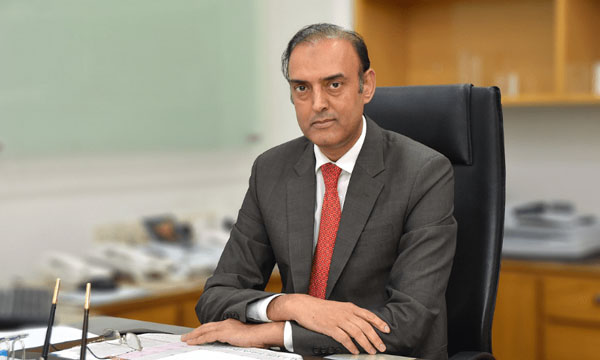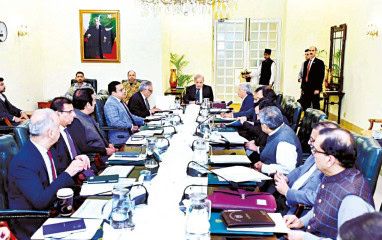KARACHI – State Bank of Pakistan (SBP) Governor Jameel Ahmad has highlighted noticeable progress made by Pakistan on the macroeconomic front.
Speaking at the Pakistan Stock Exchange (PSX) on Monday, he emphasized that Pakistan has successfully transitioned from a period marked by macroeconomic instability—characterized by high inflation, low reserves, and fears of default—to one of stable macroeconomic conditions, renewed confidence, and recovery in economic growth.
Mr Jameel said that inflation has come down substantially, the external current account balance has turned into a surplus, FX buffers have been rebuilt, and public debt indicators have improved considerably during the past couple of years. He highlighted that workers’ remittances reached an all-time high level of $4.1 billion in March 2025 – partly reflecting the result of government and SBP efforts to incentivize the channelling of inflows via formal channels, as well as the smooth functioning of the domestic FX market. He said that total remittances for FY 25 are expected to be around $38 billion.
“We have the opportunity to set Pakistan on a trajectory of broad-based, inclusive prosperity”, he said, adding that this macroeconomic stability has been achieved through difficult policy decisions. He pointed out that enhancing productivity and boosting exports must become central to Pakistan’s growth model, as export activity directly contributes to greater productivity, innovation, and foreign investment.
Mr Ahmad urged stakeholders to come together and commit to long-term strategies that ensure sustainable and inclusive growth for Pakistan. He underscored the need for reforms to address structural issues to avoid boom-bust cycles and economic stagnation.
He also emphasized the need for financial literacy to achieve true financial inclusion. He highlighted that the SBP is holding the Pakistan Financial Literacy Week from April 14 to 18, where various activities are planned across the country to engage different segments of society in financial literacy efforts. He shared key initiatives under the National Financial Inclusion Strategy (NFIS) 2024-28, including efforts to increase financial inclusion from 64% to 75% by 2028 while reducing the gender gap in financial services from 34% to 25% by 2028.



















